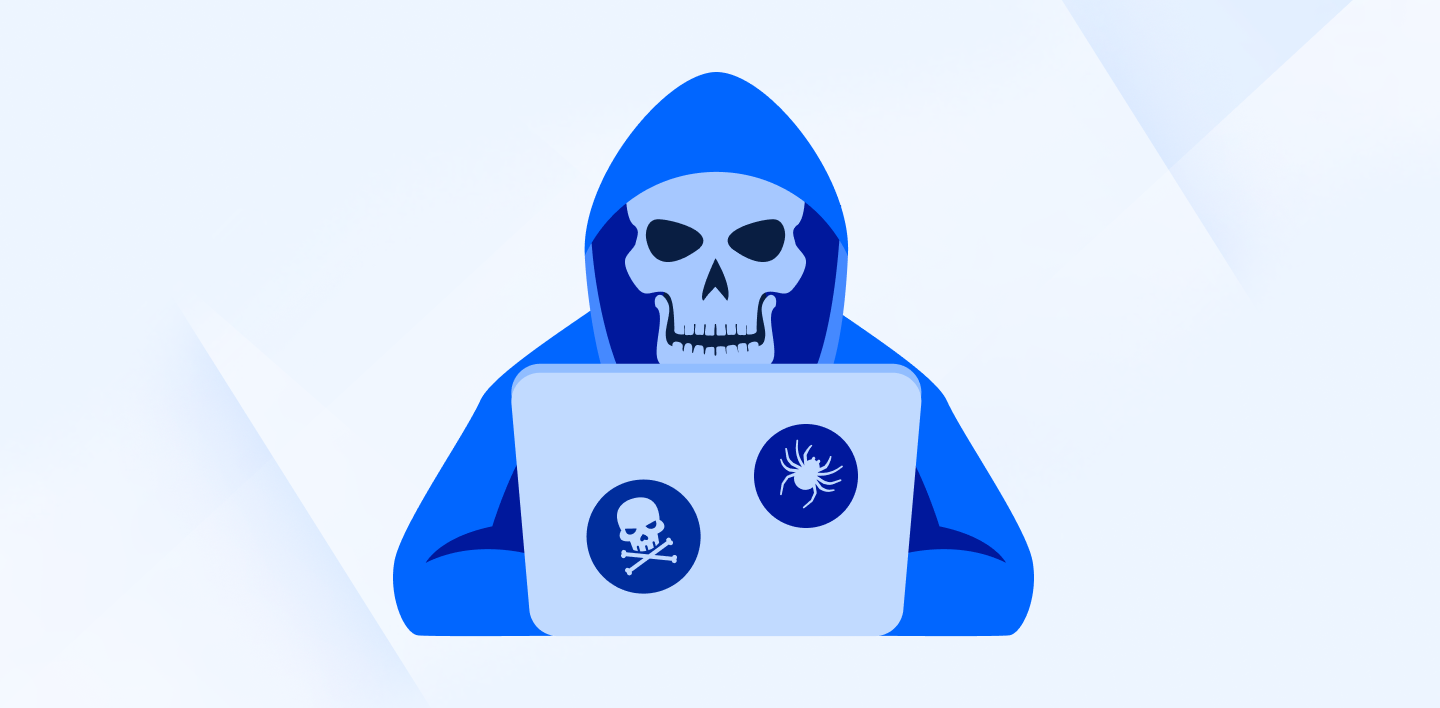Streaming technology has transformed the way we access and consume multimedia content, offering convenience and flexibility to users worldwide. However, alongside the rise of legitimate streaming services, piracy remains a persistent issue, posing significant challenges to content creators, distributors, and copyright holders. This article explores the complex landscape of piracy and legal issues in streaming, examining the various forms of piracy, the impact on the industry, and the measures being taken to combat illicit streaming activities.
Understanding Piracy in Streaming
Piracy in streaming refers to the unauthorized distribution, reproduction, or sharing of copyrighted content over the internet without the permission of the copyright owner. This can take various forms, including illegal streaming websites, peer-to-peer (P2P) file sharing networks, and illicit streaming devices (ISDs) that facilitate the unauthorized access to copyrighted material.
Illegal streaming websites are among the most common sources of pirated content, offering users free access to movies, TV shows, sports events, and music without proper licensing or authorization. These websites often operate in a gray area of the law, exploiting loopholes and jurisdictional differences to evade enforcement actions.
P2P file sharing networks enable users to share files directly with each other, bypassing centralized servers and distribution platforms such as Sportifing. While P2P technology itself is not inherently illegal, it is often used to distribute copyrighted material without the consent of the copyright owner, leading to widespread piracy of movies, music, software, and other digital content.
Illicit streaming devices (ISDs), also known as “Kodi boxes” or “fully loaded Android TV boxes,” are hardware devices that are preloaded with software and add-ons designed to facilitate the streaming of pirated content. These devices often come preconfigured with unauthorized streaming apps and repositories, allowing users to access copyrighted material for free or at a significantly reduced cost.
The Impact of Piracy on the Industry
Piracy poses significant challenges to the entertainment industry, affecting content creators, distributors, and copyright holders alike. One of the most direct impacts of piracy is financial loss, as pirated content deprives rights holders of revenue from legitimate sales, subscriptions, and licensing agreements.
Moreover, piracy undermines the integrity of the creative process and discourages investment in original content. Content creators invest time, resources, and talent in producing high-quality content, only to see it distributed illegally without compensation. This erodes trust in the intellectual property system and diminishes the incentive to create new and innovative works.
Piracy also undermines the viability of legitimate streaming services, which must compete with free or low-cost alternatives offering the same content without proper licensing or authorization. This creates an uneven playing field for legal distributors, making it difficult to attract subscribers and generate revenue from advertising or subscription fees.
Furthermore, piracy can have broader societal and economic consequences, including lost tax revenue, job losses in the creative industries, and reduced investment in cultural and artistic endeavors. The proliferation of pirated content also exposes users to cybersecurity risks, as illicit streaming websites and P2P networks may distribute malware, spyware, and other malicious software.
Legal Frameworks and Enforcement Efforts
To combat piracy and protect the rights of copyright holders, governments around the world have implemented various legal frameworks and enforcement mechanisms. These include legislation such as the Digital Millennium Copyright Act (DMCA) in the United States, which provides a legal framework for addressing copyright infringement on the internet.
Under the DMCA, copyright holders can submit takedown notices to online platforms and service providers, requesting the removal of infringing content. Online platforms are required to promptly remove or disable access to the allegedly infringing material upon receiving a valid notice, thereby reducing the availability of pirated content.
In addition to legislative measures, law enforcement agencies collaborate with industry stakeholders to investigate and prosecute individuals and organizations involved in piracy and copyright infringement. This may include targeting operators of illegal streaming websites, manufacturers and distributors of illicit streaming devices, and users who engage in unauthorized sharing of copyrighted material.
Furthermore, efforts to combat piracy extend beyond traditional enforcement measures to include public awareness campaigns, industry self-regulation, and technological solutions such as digital rights management (DRM) and watermarking. These measures aim to educate consumers about the consequences of piracy, promote legal alternatives, and deter illicit activities through technological means.
Challenges and Future Outlook
Despite ongoing efforts to combat piracy, significant challenges remain, including the proliferation of illicit streaming devices, the global nature of online piracy, and the emergence of decentralized and anonymized distribution channels. Moreover, advancements in technology and the increasing sophistication of pirate networks pose ongoing challenges to enforcement efforts and regulatory frameworks.
Looking ahead, the fight against piracy will require a multi-faceted approach that combines legal, technological, and educational strategies. This may include strengthening enforcement mechanisms, enhancing collaboration between governments, industry stakeholders, and law enforcement agencies, and promoting legal alternatives through innovation and consumer education.
Ultimately, the goal is to create a sustainable and equitable ecosystem that rewards creativity, protects intellectual property rights, and ensures fair compensation for content creators and rights holders. By addressing the root causes of piracy and fostering a culture of respect for copyright law, we can uphold the integrity of the creative industries and preserve the diversity and richness of cultural expression in the digital age.




